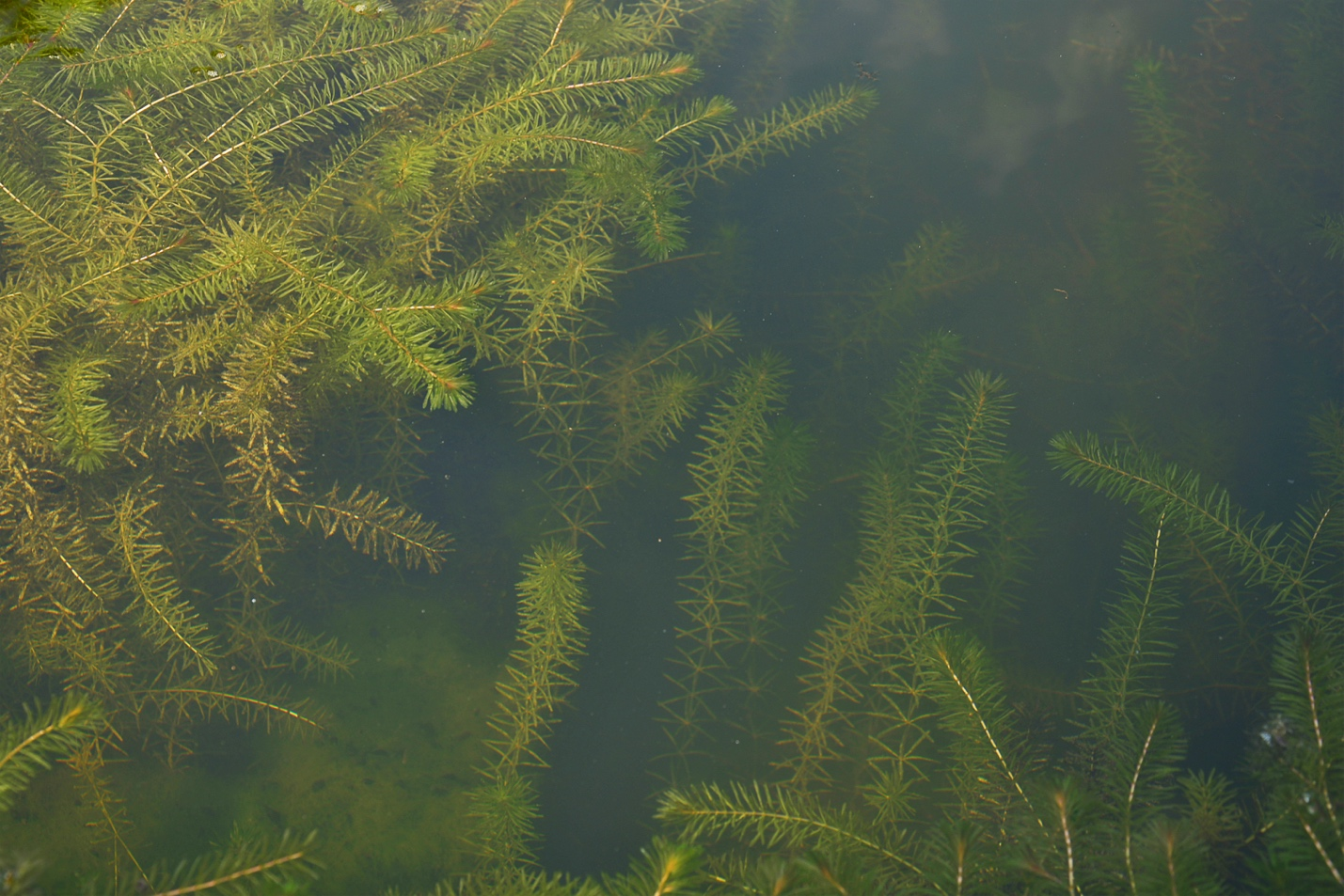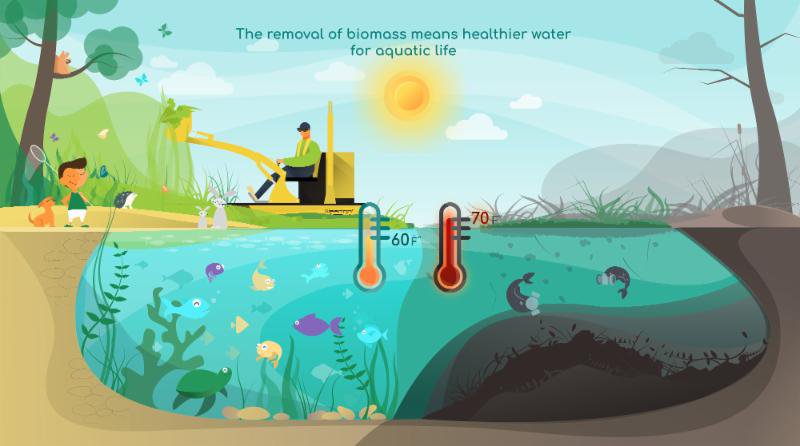Pets that swim or play in contaminated water can absorb chemicals through their skin.
Effective Cattail Management
•
June, 2024
Cattails can spread rapidly, forming dense stands that are difficult to control. Their extensive root systems enable them to spread horizontally, creating large colonies.
Maintaining the beauty and health of community waterways is an important responsibility for every Homeowners Association (HOA).
Pets that swim or play in contaminated water can absorb chemicals through their skin.
What to do With the Byproduct of Silt Removal
•
May, 2024
Ponds in nature don’t last forever because of silt buildup caused by leaves and aquatic plants that settle to the bot- tom and decompose into sediment.
Chemical herbicides have long-term negative side effects that are well-documented. It’s time to stop poisoning our waterways.






